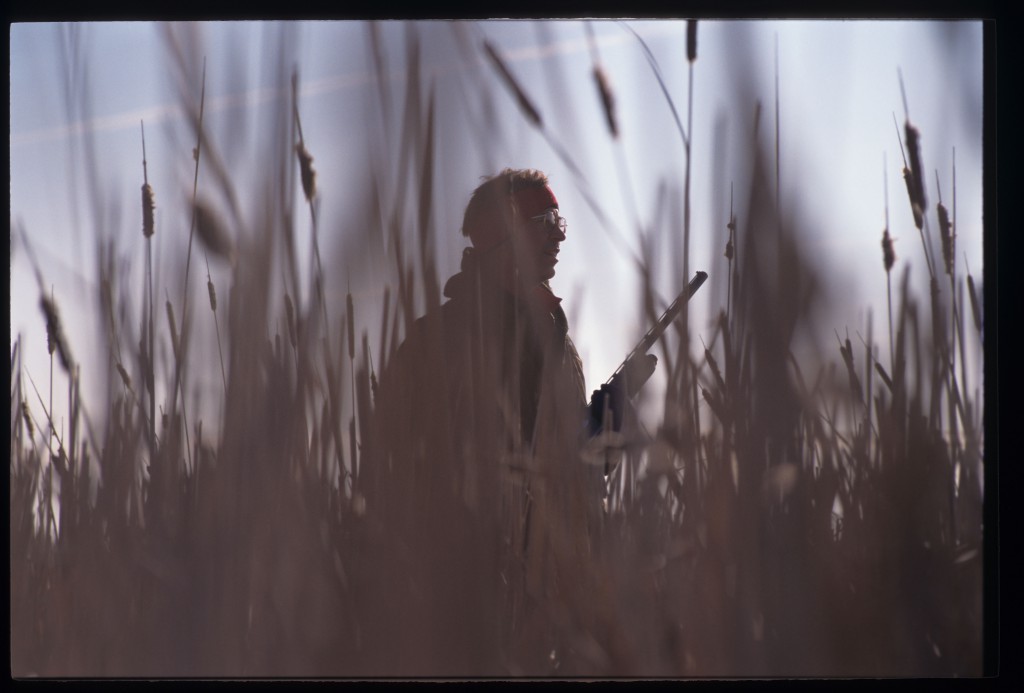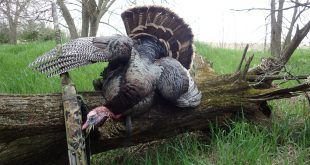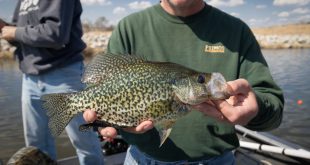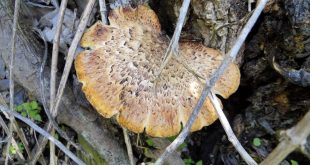After a pheasant hunt last winter, I mentioned to my friend, Mace Hack, that we should go to my place and clean the birds.
“Oh no, I now hang my birds for a few days before I clean them,” said Mace. “My English brother-in-law turned me on to it. Aged birds are so much better eating.”
Though I knew that the choicest beef and venison steaks result from aging, the thought of hanging pheasants with feathers and entrails intact and letting them “rot a bit” sounded a bit repulsive. But I had to try it.
I laid a young rooster and an old, long-spurred rooster on my basement windowsill for five days. It was during a cold spell and the temperature on the windowsill over the period ranged from 40 to 45 F. When I cleaned the birds, the skins slid easily from the bodies and there was no foul odor.
The fried thigh and breast fillets of the old rooster were tender and tasty, not tough like many mature roosters I have eaten. The young bird was also good, though my girlfriend, Grace, thought the breast meat was too mushy, possibly over-aged, and less flavorful than the fillets of the old bird.
This experiment further kindled my interest in aging pheasants, so I e-mailed Mace’s brother-in- law, John Hall, who now lives in Greenwich, Connecticut. Aging game birds is an old European tradition, and who better to provide insight into the matter than an Englishman?
“Experience will teach you how long to hang a pheasant,” wrote Hall. “We hang them singly, sometimes in braces, from a beam in a shed using twine around the neck. We don’t clean or pluck the birds first, and hang by the neck to keep the blood in the carcass. The temperature in the shed was probably 40 to 45 F in November through January during our pheasant season. Under those conditions we hang birds for about a week, maybe as long as 10 days. Others say to hang them until the tail feathers pull out easily. Often we shoot on Saturday, then clean, pluck and eat the birds the following Sunday or refrigerate or freeze them for later use.”
According to Hall, aged pheasant meat is darker, has a more pronounced flavor and is noticeably more tender. He advised not to tell the dinner guests about hanging the birds.
The Science of Aging Game
Three factors affect the tenderness of meat in all animals, whether it be beef cattle or pheasant: background toughness, rigor mortis and aging the meat.
Background toughness results from the amount of collagen (connective tissue) in and between muscle fibers. The amount of collagen, as well as the interconnectivity of the collagen, increases as animals get older, explaining why an old rooster is naturally tougher than a young bird. Rigor mortis is the partial contracting and tightening of muscle fibers in animals after death and results from chemical changes in the muscle cells. Depending on temperature and other factors, rigor mortis typically sets in a few hours after death and maximum muscle contraction is reached 12 to 24 hours after death. Rigor mortis then begins to subside, which is when the aging (tenderization) of the meat begins.
Tenderization results from pH changes in the muscle cells after death that allow naturally occurring proteinase enzymes in cells to become active. These enzymes break down collagen, resulting in more tender meat. In beef cattle, the aging process will continue at a constant rate up to 14 days, as long as the meat is held at a proper and consistent temperature, and then decreases after that. In fowl, the rate of tenderization begins to decline after a few days.
A common misconception is that bacteria-caused rotting is responsible for meat tenderization, and this is why many find the thought of aging game repugnant. Warm temperatures and exposure to air promote bacterial growth and rotting. The greening of tissue and the telltale rotten smell – the latter caused by bacterial waste products – are signs of rotting. Maintaining a constant, cool temperature is key to preventing bacterial growth when aging meats. The sickness causing E. coli bacteria grows rapidly at temperatures at or above 60 F, but very slowly at 50 F.
Perfecting the Aging Process
Opinion has likely varied for centuries on how to best age pheasants and other fowl to reach perfection in tenderness and taste. In 1825, French intellectual and culinary expertise Jean Anthelme Brillat-Savarin wrote in his famous book The Physiology of Taste: “When the pheasant is eaten only three days after its death, it has no peculiarity; it has not the flavor of a pullet, nor the perfume of a quail….. It is especially good when the pheasant begins to be decomposed.”
In the days of old in this country, hunters were often claimed to have favored hanging their wild fowl until green around the vent or until the body slipped from the head. Truth be told, in the days before electricity, hanging game birds may have had as much to do with meat preservation as tenderization. My girlfriend’s mother, Lucille Kostel of Wagner, South Dakota, said before they had electricity and freezers on their farm they let fall-harvested waterfowl and pheasants hang as long as possible on the north side of the barn as a means of storage. Only when a warm spell threatened to spoil the meat or a hard cold threatened to turn the birds into frozen blocks would they clean the birds and then can the meat. Tenderization was not an objective.
Recently science has tackled the issue of the perfectly aged pheasant. In an Australian study, test panels fed roasted pheasants found birds hung for nine days at 50 F to be more acceptable than those hung for four days at 59 F or for 18 days at 41 F. They found the birds aged for four days at 59 F were tougher than those aged for longer periods at lower temperatures. The pheasants hung at 50 F were considered more gamey in flavor.
Retired NEBRASKAland writer Rocky Hoffmann has been aging wild fowl for more than 25 years with excellent results. Hoffmann hangs birds in his shed when the temperatures are cool and stable, and uses an old refrigerator when temperatures are too warm, too cold or fluctuating.
Hoffmann has removed the racks from the refrigerator and fastened a grate to the top for attaching hanging hooks. He keeps the refrigerator temperature in the low 40s and hangs pheasants by the head, with the feathers on and entrails still intact. He used to hang them by the feet, upside down with the entrails suspended in the chest cavity. “This is supposedly an old English method to impart flavor into the breast of the bird, but I found no difference in flavor between birds hung by the feet and those hung by the head,” said Hoffmann.
Hoffmann explained that leaving the skin and feathers on pheasants while hanging prevents the meat from drying out or freezing if temperatures drop. The feathers are easily plucked after hanging if one desires. He usually plucks and guts waterfowl prior to hanging. He hangs birds for about a week. The skin on plucked birds that are aged turns golden in color.
“The best pheasant I ever ate, I hung for about a month under carefully controlled conditions,” said Hoffmann. “I plucked it and roasted it. Pheasants can taste a little bland, but this bird was wonderful. I have even hung some spruce grouse I shot in Manitoba. Locals claim that spruce grouse taste terrible, but these were young birds and after hanging a few days they were delicious.” He added that aged waterfowl have a mellow, somewhat nutty flavor.
“Nothing I have ever hung has looked or smelled bad, and I’ve never gotten sick from eating aged game birds,” said Hoffmann. He stressed, however, that he hangs meat only under very controlled temperatures and never hangs birds that are “shot up,” where intestinal bacteria could contaminate the meat.
Hanging pheasants and other fowl may not be for everyone, but for those who enjoy tradition and delectable meals, hanging may be just the thing.
 Nebraskaland Magazine
Nebraskaland Magazine




